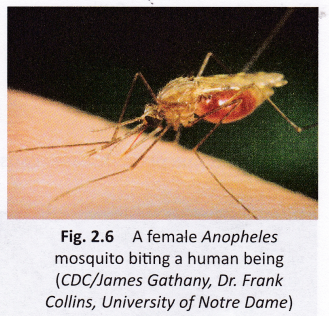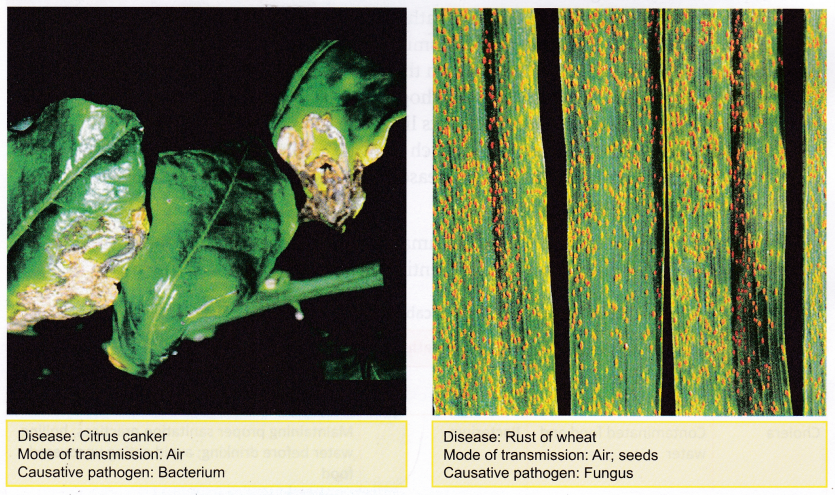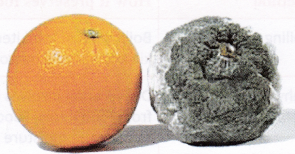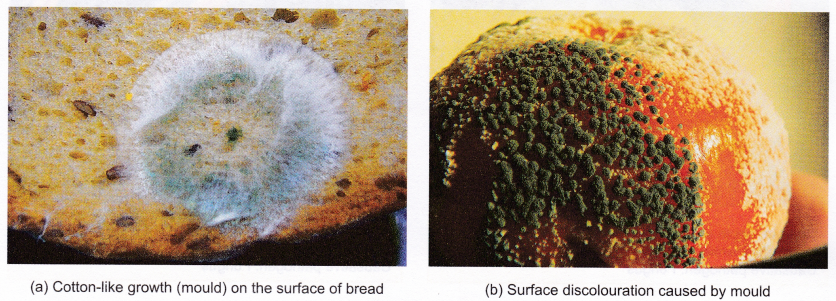Methods Of Food Preservation
Now that we know that food items are prone to spoilage by microorganisms, let us understand the methods by which food can be preserved for a longer time.
Food Preservation: Food preservation is the process of treating and handling food with an aim to stop or slow down its spoilage while maintaining its nutritional value, texture, and flavour. Since microorganisms are one of the major causes of food spoilage, food preservation involves creating conditions unfavourable for their growth. Food preservation methods either kill microbes or prevent their reproduction. Different methods of food preservation are used for different types of foods (See table).
| Method | How it preserves food |
| Boiling | Boiling liquid food items can kill any existing microbes. Milk and water are often boiled to kill any harmful microbes that may be present in them. |
| Dehydration | Dehydration involves removal of water, one of the key requirements for microbial growth, from food items. Food items like cereals and pulses are generally dried under the sun to remove the moisture present in them. |
| Refrigeration and freezing | Refrigerating at low temperatures and freezing help to preserve food for a longer time because microbes like bacteria and fungi cannot thrive at low temperatures. When fresh fruits and vegetables are frozen, water present in them also freezes. This helps in preventing microbial reproduction. Food items that can be preserved by freezing include meat and vegetables. |
| Canning | Storing food items in airtight cans is an effective way of preserving them. Food items like jams, vegetables, fish, and even cooked food are canned and sold in the market. |
| Using chemical preservatives | Any substance that helps preserve food or any other item is known as a preservative. Many chemicals help control microbial growth and are used as preservatives. Examples of chemical preservatives are sodium benzoate and potassium metabisulphite. These preservatives are used in squashes, sherbets, and ketchups. |
| Using salt, sugar, oil, or vinegar | Salt, sugar, oil, and vinegar create an environment that prevents microbial growth, and are, therefore, used for preserving foodstuffs like meat, pickles, jams, jellies, and vegetables. In addition to preserving foodstuffs, these substances also impart flavour to them. |
| Pasteurization | Pasteurization involves heating a foodstuff to a high temperature and then cooling it rapidly. This helps in destroying harmful microbes without changing the composition, flavour, or nutritive value of the foodstuff. This process is named after the French chemist Louis Pasteur, who discovered it in the 19th century. Commercially available milk is first heated tp,a high temperature for about half a minute and then cooled rapidly. It is then stored at temperatures lower than 10°C. |



 Observation: You would observe a greyish growth (mould) on the orange. Carefully pick up a small sample of the mould with the help of forceps. Put a drop of glycerine on a clean glass slide. Place the sample on the glycerine drop carefully and put the coverslip Make sure there are no folds. With the help of your teacher, observe the sample under the microscope. Draw what you see.
Observation: You would observe a greyish growth (mould) on the orange. Carefully pick up a small sample of the mould with the help of forceps. Put a drop of glycerine on a clean glass slide. Place the sample on the glycerine drop carefully and put the coverslip Make sure there are no folds. With the help of your teacher, observe the sample under the microscope. Draw what you see.